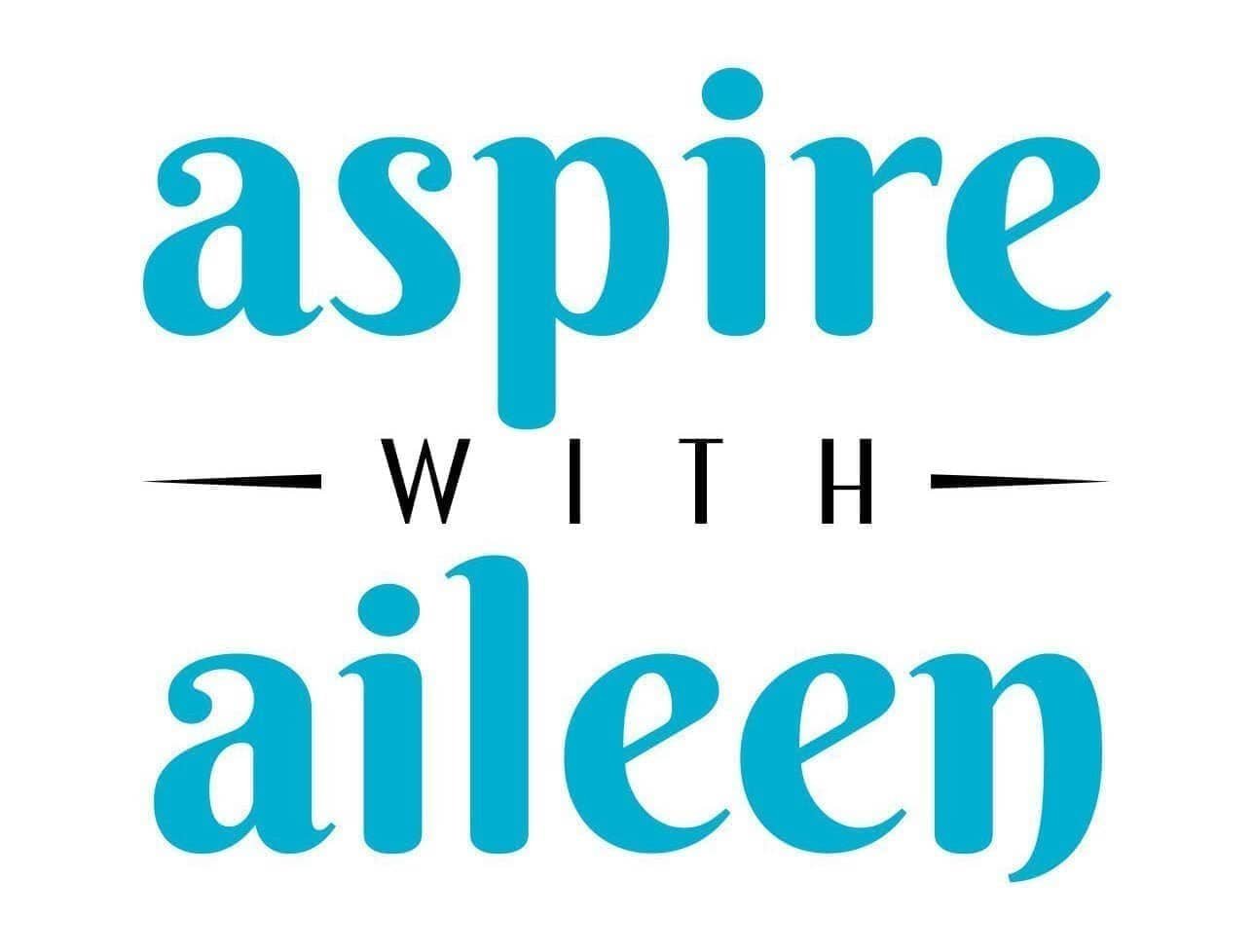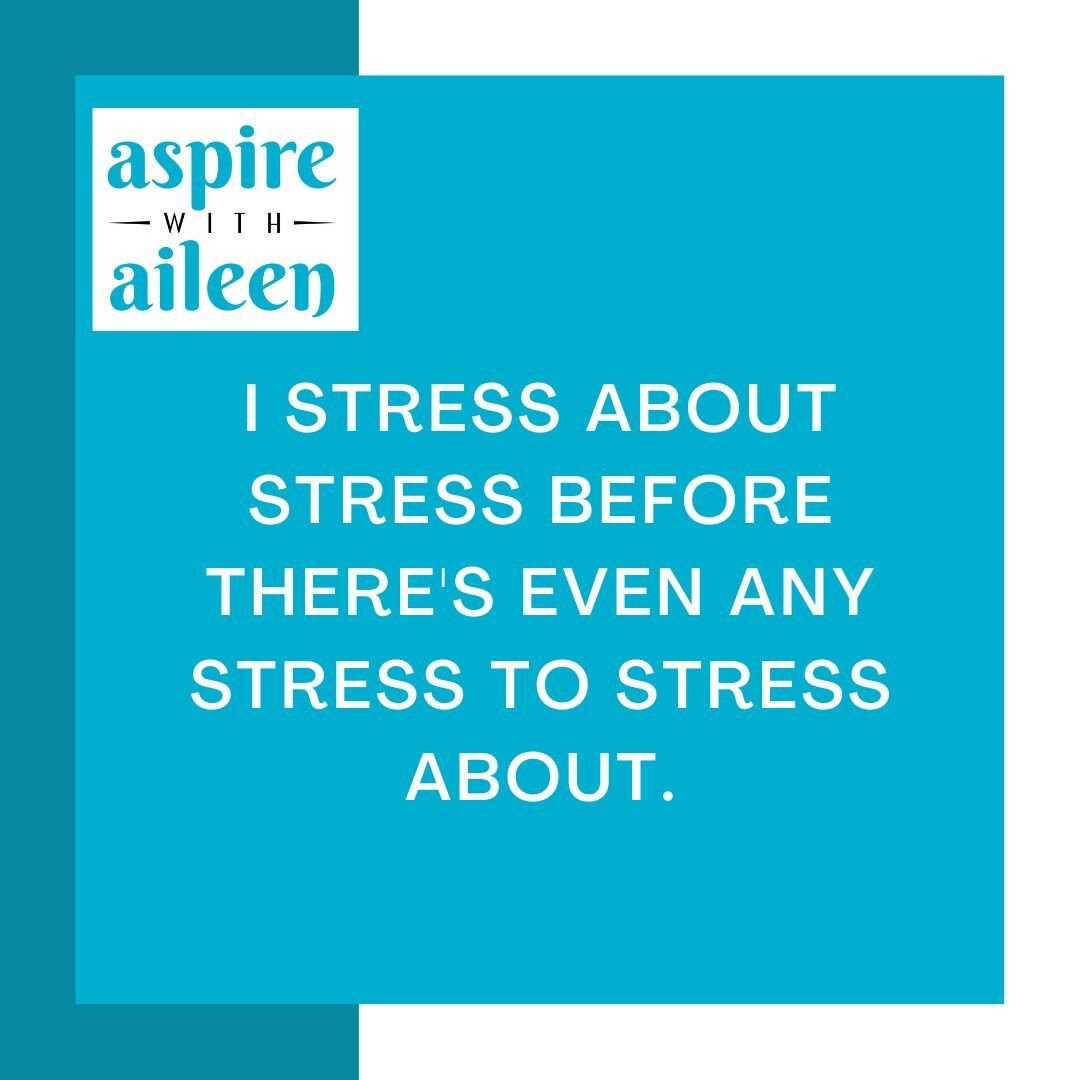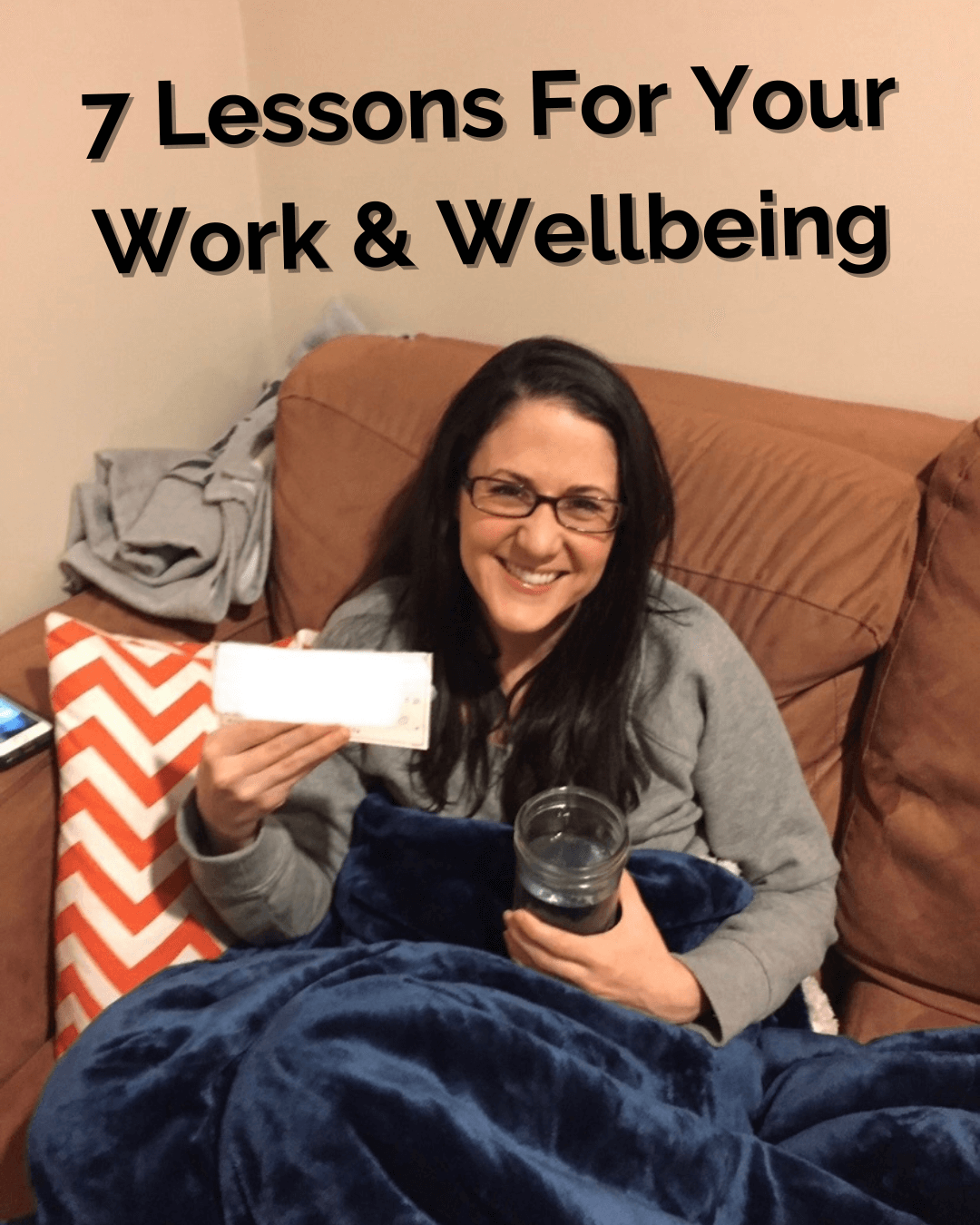Plot twist: not all stress is bad.
A consistent theme in my practice, whether it’s in my 1-1 career coaching sessions or workplace wellness workshops, is stress management.
I often ask my clients if they know what eustress is, and many times the answer is no.
I ask this to participants in my wellness workshops, and recently I delivered a customized wellness workshop to over 500 people and only about 10 said yes… so, this seems like an important topic to discuss!
Here is the American Psychological Association (APA) definition:
“n. the positive stress response, involving optimal levels of stimulation: a type of stress that results from challenging but attainable and enjoyable or worthwhile tasks (e.g., participating in an athletic event, giving a speech). It has a beneficial effect by generating a sense of fulfillment or achievement and facilitating growth, development, mastery, and high levels of performance.”
Sometimes just knowing this exists can help us shift our mindset and feel less stressed.
Instead of demonizing it all, in a moment of challenge we can use this awareness to reframe and remind our brains that we’re safe.
A fantastic deeper dive into this can be done through listening to this excellent TED Talk about how to make stress your friend, by Kelly McGonigal.
She also has a book “The Upside of Stress: Why Stress is Good for You and How to Get Good at It” if you’d like to dig even deeper again.
I’ll leave you with this invitation: can you take a look at all that is on your proverbial plate that is stressing you out, and explore which thing you may be able to reframe and label as a source of good stress, helping you develop and grow personally and/or professionally?
Feel free to let me know in the comments – it can be quite the powerful practice.






